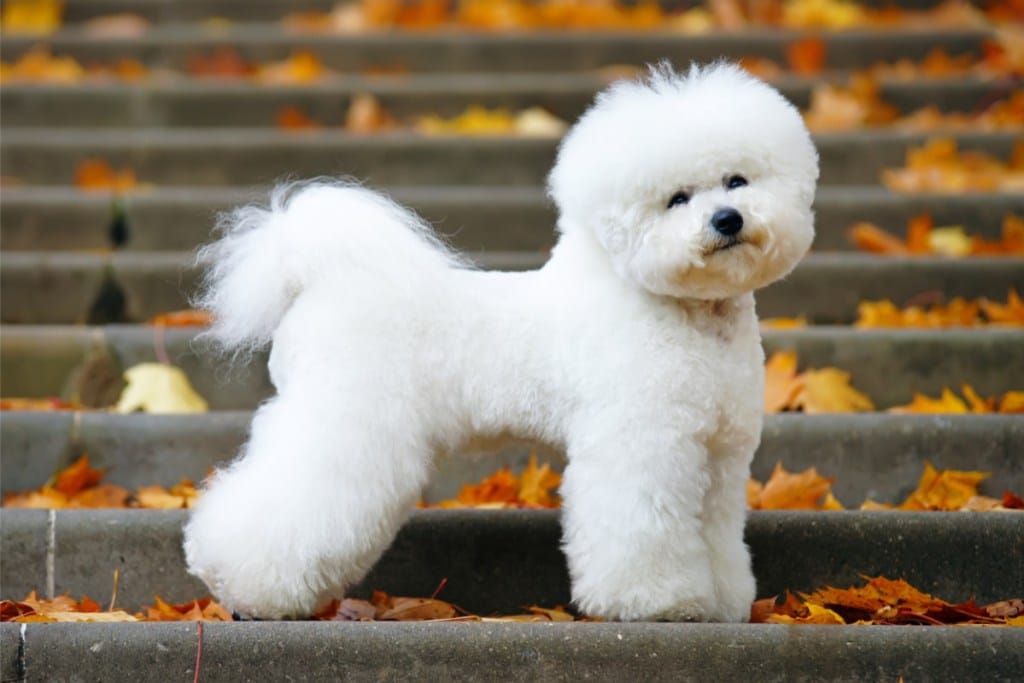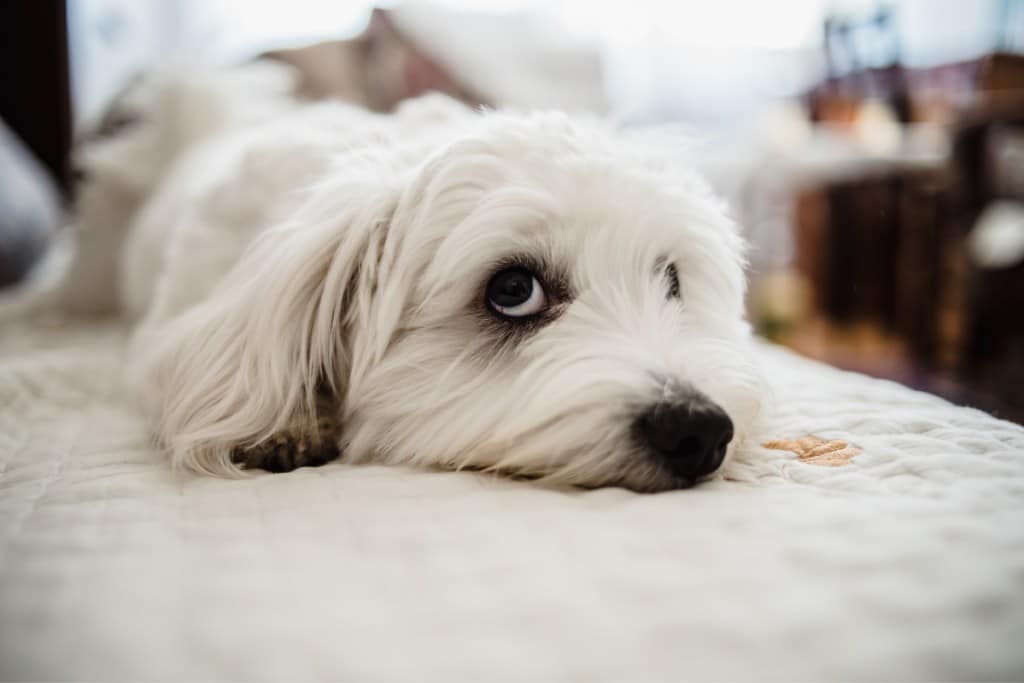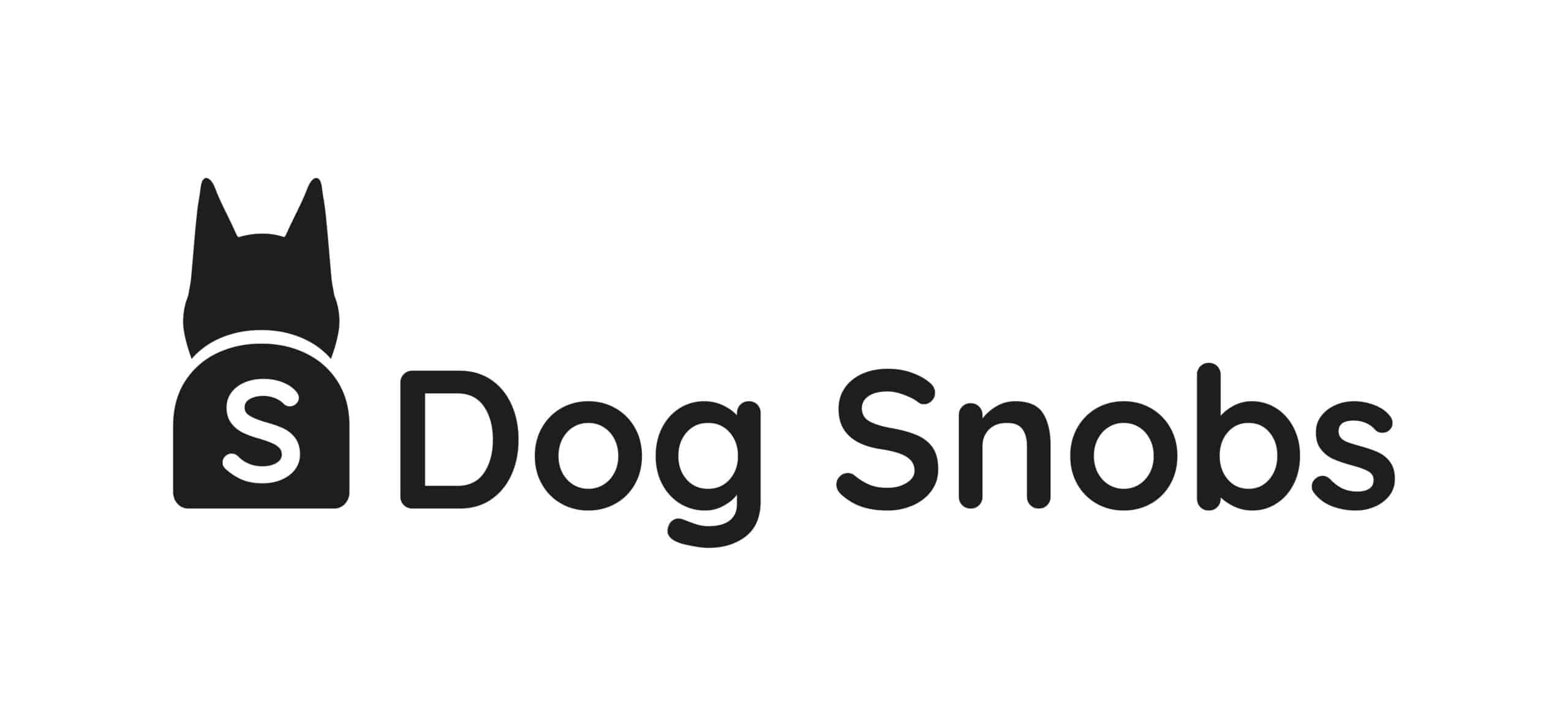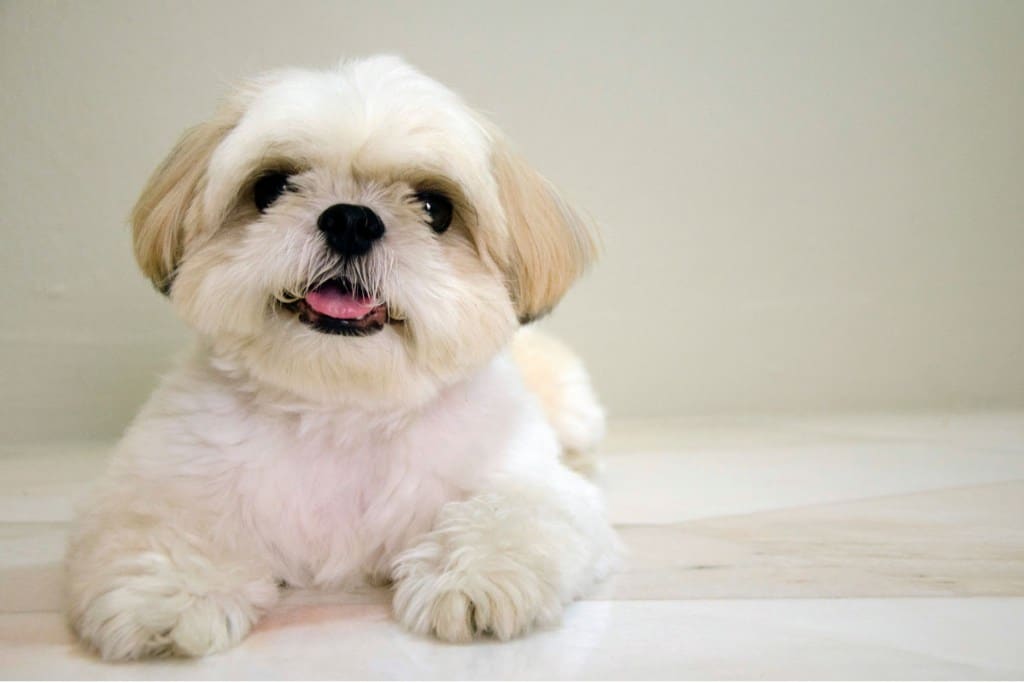If you're someone who adores dogs but can't stand the mess and odors that often come along with them, then this article is just for you. In "22 Dog Breeds That Don't Smell or Shed," we'll explore an array of canine companions that are perfect for those who are sensitive to shedding and unpleasant smells. From the petite and fluffy Bichon Frise to the elegant and regal Poodles, we'll unveil a diverse selection of low-shedding, low-odor breeds that are sure to bring joy to your household. We'll also provide insights on the importance of grooming these breeds and address common questions about hypoallergenic and low-shedding dog breeds. Buckle up, fellow dog lovers, because we're about to embark on a journey filled with adorable and odor-free companions!
Benefits of Low-Shedding and Low-Odor Dog Breeds
Ideal for People with Sensitivities
If you have sensitivities to dog hair or odors, low-shedding and low-odor dog breeds can be a great choice for you. These breeds are specifically bred to minimize shedding and odors, making them ideal for individuals who may have allergies or simply prefer a cleaner living environment. With these breeds, you can enjoy the companionship of a dog without the worry of excessive hair or unpleasant smells.
Suitable for Different Household Sizes
Whether you live in a small apartment or a large house, low-shedding and low-odor dog breeds can fit seamlessly into your living space. These breeds are available in various sizes, ranging from small to medium to large, allowing you to choose a breed that suits your specific living arrangements. Whether you have limited space or ample room to spare, you can find a low-shedding and low-odor breed that will suit your needs perfectly.
Variety of Temperaments to Choose From
Low-shedding and low-odor dog breeds come in a wide range of temperaments, ensuring that you can find a breed that matches your personality and lifestyle. Some breeds are known for being highly energetic and playful, while others are more calm and laid-back. By considering your own activity level and preferences, you can select a breed that will be the perfect fit for you and your family. This variety of temperaments makes low-shedding and low-odor breeds highly versatile and appealing to a wide range of dog lovers.
Factors to Consider When Choosing a Low-Shedding and Low-Odor Breed
Grooming Requirements
While low-shedding breeds may not leave fur all over your home, they often require regular grooming to maintain their coat quality and prevent matting. It's important to consider the grooming requirements of the breed you are interested in to ensure that you can provide the necessary care. Some breeds may need professional grooming every few weeks, while others may require daily brushing at home. Understanding and being prepared for the grooming needs of a low-shedding breed will help you make an informed decision.
Exercise and Energy Levels
Every dog breed has different exercise and energy requirements. It's important to choose a low-shedding and low-odor breed that matches your level of physical activity and lifestyle. Some breeds, such as the Shih Tzu, are more sedentary and require minimal exercise, while others, like the Poodle, are highly energetic and need regular physical activity to thrive. By considering your own activity level and commitment to exercise, you can find a low-shedding breed that fits perfectly into your daily routine.
Allergy Considerations
While low-shedding breeds are often recommended for individuals with allergies, it's important to understand that no breed is truly hypoallergenic. Dog allergies are typically triggered by dander, which is a combination of skin flakes, saliva, and urine. While low-shedding dogs may produce less dander, it is still important to spend time with a dog of the breed you are considering to see if you have any allergic reactions. Consulting with an allergist and spending time with the breed you are interested in can help you determine if you are compatible with that specific breed.

This image is property of i0.wp.com.
Bichon Frise: A Low-Shedding and Low-Odor Breed
Overview of Bichon Frise
The Bichon Frise is a small, fluffy breed known for its charming and affectionate nature. These dogs are often loved for their engaging personality and playful demeanor. Bichon Frises are a popular choice among individuals looking for a low-shedding and low-odor breed due to their minimal shedding and lack of "doggy" odor.
Coat Characteristics
One of the defining features of the Bichon Frise is its beautiful coat. These dogs have a double coat that is dense, curly, and typically white in color. Despite their curly appearance, the Bichon Frise's coat does not shed excessively, making it a great choice for those with sensitivities to dog hair. The coat also has a natural resistance to odors, meaning that Bichon Frises do not typically have the same "doggy" smell that some other breeds may have.
Grooming Tips
To keep their coat looking its best, Bichon Frises require regular grooming. This includes brushing their coat at least a few times a week to prevent matting and tangles. Many Bichon Frise owners choose to have their dog professionally groomed every six to eight weeks to maintain the desired teddy bear-like appearance. Regular grooming also helps to keep the Bichon Frise's coat clean and odor-free. In addition to grooming, regular dental care, ear cleaning, and nail trimming are essential for overall health and hygiene.
Temperament and Personality
Bichon Frises are known for their friendly and affectionate nature. They are often described as being intelligent, playful, and highly adaptable. These dogs are typically good with children and other pets, making them a great addition to a household with multiple family members. Bichon Frises thrive on attention and enjoy being part of family activities. They are also known for their loyalty and are eager to please their owners.
Schnauzers: Low-Shedding Dogs with Minimal Odor
Different Types of Schnauzers
There are three main types of Schnauzers: the Miniature Schnauzer, the Standard Schnauzer, and the Giant Schnauzer. All three types share similar coat and temperament characteristics, with the main difference being their size. Despite their size differences, all three types of Schnauzers are low-shedding and have minimal odor.
Coat Features and Care
Schnauzers have a wiry and dense double coat that effectively traps loose hair, reducing shedding. Their coarse coat does not have a distinct doggy odor, making them a good choice for individuals who are sensitive to smells. Regular brushing and occasional hand-stripping, which is the process of pulling out dead hair, is necessary to keep their coat in top condition and prevent matting. Schnauzers should also have regular professional grooming to maintain their breed-specific look and overall cleanliness.
Temperament Traits
Schnauzers are known for their spirited and alert nature. They are typically energetic and intelligent dogs that require mental and physical stimulation to prevent boredom. While they can be independent at times, Schnauzers are known for their loyalty and devotion to their families. They are generally good with children and other pets, but early socialization is important to ensure proper behavior. Proper training and consistent exercise are essential for Schnauzers to prevent behavioral issues.
Training and Exercise Needs
Like many intelligent breeds, Schnauzers respond well to positive reinforcement training methods. They are quick learners and enjoy mental challenges, making them ideal candidates for obedience training and various dog sports. Regular exercise is important for Schnauzers to burn off excess energy and maintain good physical health. Daily walks, playtime, and interactive toys can help keep them mentally and physically stimulated.

This image is property of i0.wp.com.
Poodles: Non-Shedding and Low-Odor Dog Breeds
Types of Poodles
There are four main types of Poodles: Standard Poodles, Miniature Poodles, Toy Poodles, and the less common Teacup Poodles. All types of Poodles are known for their non-shedding coats and minimal odor. The main difference between the types of Poodles is their size, with Standard Poodles being the largest and Teacup Poodles being the smallest.
Coat Maintenance and Styling
Poodles have a dense, curly, and hypoallergenic coat that does not shed like other breeds. Their curly coat also helps prevent the accumulation of dirt and odors. However, Poodles do require regular grooming to keep their coat in optimal condition. This includes brushing their coat daily and having them professionally groomed every four to six weeks to prevent matting. Poodles are also known for their creative and unique hairstyles, which can range from the classic "puppy clip" to more intricate and stylized cuts.
Characteristics and Temperament
Poodles are highly intelligent and trainable dogs. They are known for their alertness, agility, and versatility. Poodles are often used as working dogs in various roles, including guide dogs, therapy dogs, and assistance dogs. They are generally friendly and social dogs, and they tend to get along well with children and other pets. Poodles thrive on mental stimulation and require regular exercise to prevent boredom and destructive behaviors.
Training and Socialization Tips
Training is essential for Poodles due to their intelligence and need for mental challenges. Positive reinforcement training methods, such as rewards and praise, work best for Poodles. Early socialization is also important to ensure that Poodles are comfortable in various environments and with different people and animals. Exposing them to different sights, sounds, and experiences from a young age can help them become well-rounded and confident dogs.
Shih Tzus: Low-Odor and Low-Shedding Companion Dogs
Shih Tzu Breed Overview
The Shih Tzu is a small and affectionate breed that is well-known for its luxurious and flowing coat. Despite their beautiful long hair, Shih Tzus actually shed very minimally and have a low odor. This makes them a great choice for individuals who prefer a breed with reduced shedding and a minimal smell.
Coat Care and Specifics
Shih Tzus have a double coat that consists of a soft and dense undercoat, as well as a longer and silky outer coat. Regular brushing is necessary to prevent matting and keep their coat looking its best. Many Shih Tzu owners choose to keep their dog's coat trimmed shorter for easier maintenance. Regular professional grooming is also recommended to maintain the overall cleanliness and appearance of the coat. Despite their long hair, Shih Tzus do not have an overwhelming odor, making them an appealing choice for those who are sensitive to smells.
Temperament Traits
Shih Tzus are known for their friendly and affectionate nature. They are typically good with children and other pets, making them suitable for families of all sizes. Shih Tzus thrive on human companionship and are often described as being loyal and devoted to their owners. While they may have a reputation for being stubborn at times, early training and socialization can help ensure that they grow into well-behaved and well-adjusted dogs.
Training Considerations
Training a Shih Tzu can require a bit of patience and consistency. Positive reinforcement training methods, such as using treats and praise, tend to work well for this breed. Shih Tzus respond best to gentle and consistent training techniques. Early socialization is also important to expose them to various people, animals, and environments. This will help develop their confidence and ensure that they are comfortable in different situations.

This image is property of i0.wp.com.
Maltese: Minimal Shedding and Odor
Understanding the Maltese Breed
The Maltese is a small companion breed that is known for its beautiful long and silky coat. Despite their luxurious coat, Maltese dogs are considered low-shedding and have minimal odor. This makes them a popular choice among individuals who desire a breed with reduced shedding and odor.
Coat Maintenance Tips
The long and silky coat of a Maltese requires regular maintenance to prevent matting and tangles. Daily brushing is recommended to keep their coat looking its best. Regular professional grooming is also necessary to keep their coat in optimal condition and to maintain its length. Some Maltese owners opt for a shorter, more manageable haircut to simplify grooming. Despite their long hair, Maltese dogs are not prone to emitting strong odors, making them suitable for individuals who may be sensitive to smells.
Personality and Temperament
Maltese dogs are known for their gentle and affectionate nature. They thrive on human companionship and form strong bonds with their owners. They are typically good with children and other pets, making them a suitable choice for families. Maltese dogs are playful and intelligent, and they often enjoy learning new tricks and commands. Early socialization and consistent training are important to ensure that they grow into well-mannered and well-adjusted dogs.
Training Requirements
Maltese dogs respond well to positive reinforcement training methods, such as using treats and praise. They are eager to please and enjoy the mental stimulation that training provides. Early training and socialization are crucial to ensure that they are well-behaved and confident in various environments. Consistency and patience are key when training a Maltese, as they can be prone to stubbornness at times.
Other Hypoallergenic and Non-Shedding Breeds
There are many other breeds that are considered hypoallergenic or low-shedding and low-odor. Some notable examples include:
Yorkshire Terrier
Havanese
Bolognese
Chinese Crested
Portuguese Water Dog
Italian Greyhound
Basenji
Coton de Tulear
Bedlington Terrier
Xoloitzcuintli
These breeds vary in size, temperament, and grooming requirements, offering options for individuals with different preferences and needs. It's important to research each breed thoroughly and spend time with them to ensure that they are the right fit for your lifestyle and living situation.

This image is property of i0.wp.com.
Grooming Tips to Minimize Smells and Shedding
Regular Brushing
Regular brushing is essential for minimizing shedding and keeping your dog's coat healthy and clean. Brushing helps to remove loose hair and prevent mats from forming. Depending on the breed, you may need to brush your dog's coat daily or a few times a week. Use a brush or comb that is suitable for your dog's coat type to effectively remove loose hair and prevent tangles.
Bathing and Drying Techniques
Regular bathing is important to keep your dog clean and fresh-smelling. Use a gentle dog shampoo that is specifically formulated for your dog's breed and coat type. Be sure to rinse thoroughly to remove all shampoo residue, as this can cause skin irritation. After bathing, thoroughly dry your dog to prevent dampness and potential odor. Use a towel or a blow dryer on a low heat setting to dry your dog's coat completely.
Trimming and Clipping
Regular trimming and clipping can help maintain your dog's coat length and shape, reducing shedding and preventing matting. Depending on the breed and the desired look, you may need to trim or clip your dog's coat every few weeks or every few months. It is best to consult with a professional groomer for guidance on how to trim and clip your specific breed to achieve the desired result.
Ear and Dental Care
Proper ear and dental care are important for maintaining overall hygiene and reducing potential odor. Clean your dog's ears regularly using a gentle ear cleaning solution and cotton balls or pads. Be sure to follow the instructions on the ear cleaning solution and avoid inserting anything too deep into the ear canal. Regular brushing and dental treatments can help prevent dental issues and keep your dog's breath fresh. Consult with your veterinarian for recommendations on dental care products and techniques.
Proper Hygiene Practices
In addition to regular grooming, there are a few other hygiene practices that can help minimize smells and shedding. Keep your dog's living area clean by regularly washing their bedding and vacuuming the surrounding areas. Clean your dog's food and water bowls daily to prevent bacterial growth and odor. Regularly trim your dog's nails to prevent overgrowth and discomfort. Lastly, ensure that your dog receives regular veterinary check-ups to address any health issues that may contribute to shedding or odors.
Frequently Asked Questions about Hypoallergenic and Low-Shedding Breeds
What Does Hypoallergenic Mean?
The term "hypoallergenic" refers to a substance or animal that is less likely to cause an allergic reaction. In the context of dog breeds, hypoallergenic breeds are often associated with reduced shedding and dander production, which are common triggers for allergies. While no dog breed is completely hypoallergenic, certain breeds are considered more compatible with individuals who have allergies or sensitivities.
Do Hypoallergenic Dogs Really Exist?
While no dog breed is completely hypoallergenic, some breeds are less likely to cause allergic reactions in individuals with allergies. These breeds produce less dander, saliva, and urine, which are common allergens. However, it's important to note that individual allergies vary, and what may be hypoallergenic for one person may still cause allergic reactions in another. It is recommended to spend time with a dog of the breed you are interested in to determine if you have any allergic reactions before making a decision.
Are Low-Shedding Breeds Suitable for Everyone?
While low-shedding breeds can be a great choice for individuals who prefer a cleaner living environment or have sensitivities to shedding, they may not be suitable for everyone. Some low-shedding breeds may still require regular grooming to prevent matting and maintain their coat. Additionally, it is important to consider other factors such as exercise needs, temperament, and compatibility with allergies or sensitivities before choosing a low-shedding breed. It is recommended to research and spend time with the breed you are interested in to ensure that it is a good fit for your lifestyle.
Can Low-Shedding Breeds Cause Allergies?
While low-shedding breeds are often recommended for individuals with allergies, it is important to understand that allergies are typically triggered by dander, which is a combination of skin flakes, saliva, and urine. While low-shedding dogs may produce less dander, individuals with severe allergies may still experience allergic reactions. It is recommended to spend time with a dog of the breed you are interested in and consult with an allergist to determine if you have any allergic reactions.
How to Find a Reputable Breeder?
Finding a reputable breeder is important to ensure that you are getting a healthy and well-cared-for dog. Here are a few tips to help you find a reputable breeder:
-
Research: Do thorough research on the specific breed you are interested in. Learn about their health issues, breed standards, and common temperaments. This will help you ask the right questions when speaking with breeders.
-
Referrals: Ask for referrals from trusted sources, such as veterinarians or local breed clubs. They may be able to recommend reputable breeders who adhere to ethical breeding practices.
-
Visit the Breeder: Take the time to visit the breeder's facility or home to assess the conditions in which the dogs are kept. Look for signs of cleanliness, proper care, and socialization.
-
Health Testing: Inquire about the health testing procedures and results for the breeding dogs. Responsible breeders will conduct relevant health tests to ensure that their breeding stock is free from hereditary diseases.
-
Contract and Guarantees: A reputable breeder will provide a written contract that outlines the responsibilities of both the breeder and the buyer. This contract may also include health guarantees for the puppy.
By taking these steps and doing your due diligence, you can find a reputable breeder who prioritizes the health and well-being of their dogs.

This image is property of i0.wp.com.


